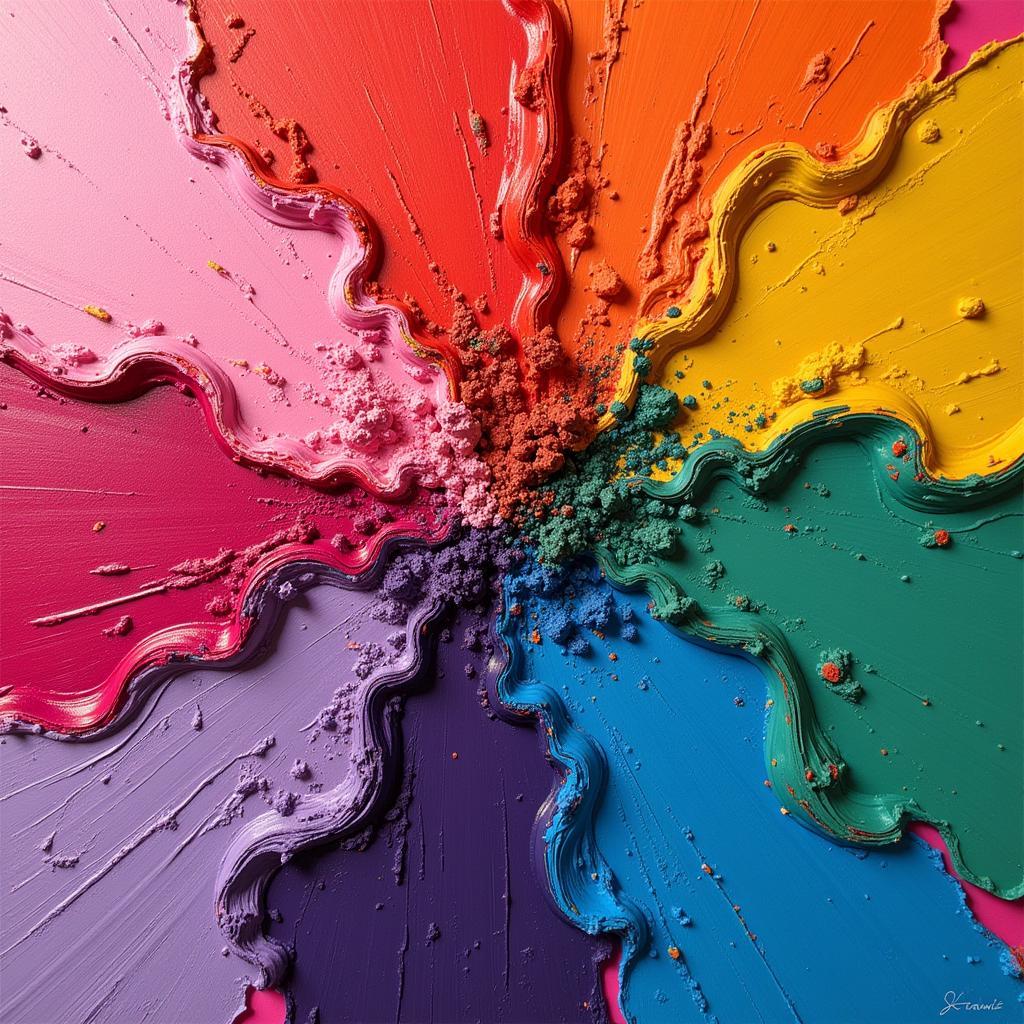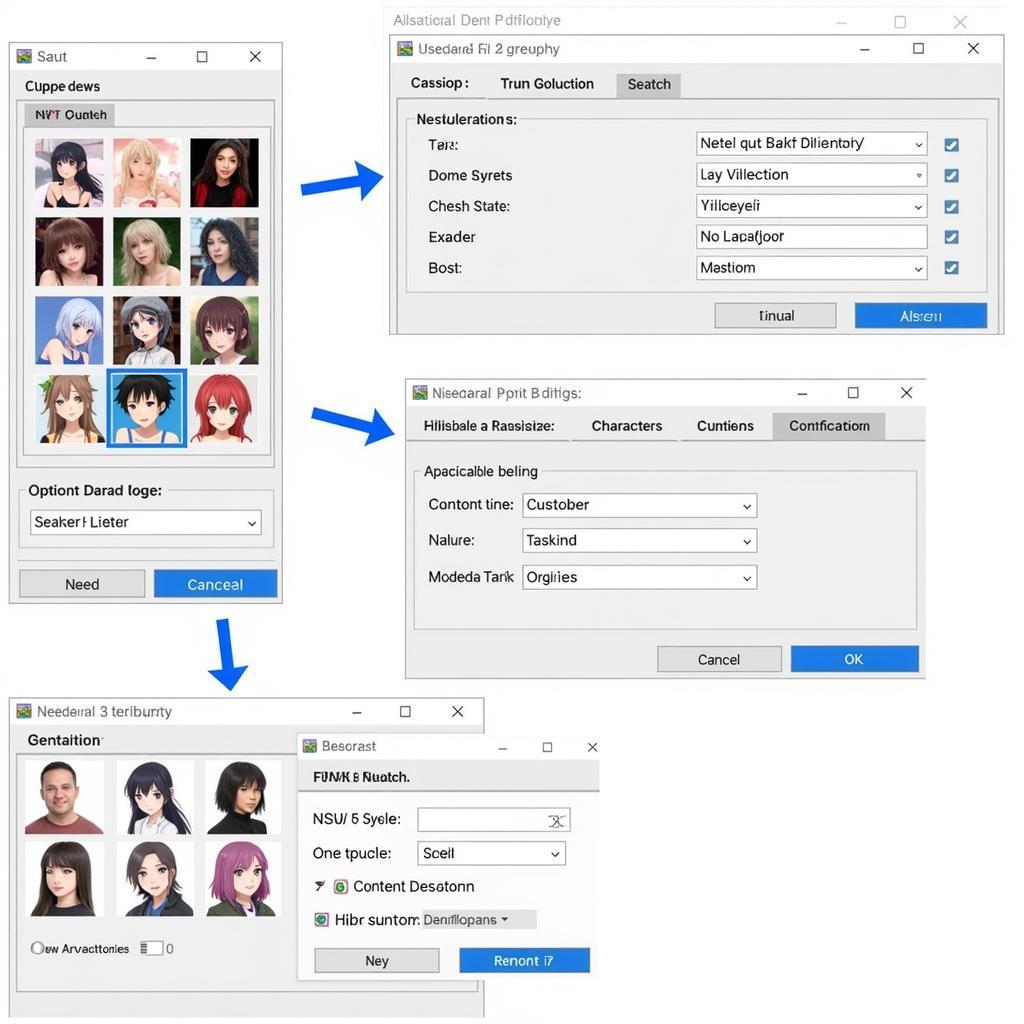Mastering Drafting Art: A Journey into Precision and Creativity
Drafting Art, a fundamental skill for artists and designers, bridges the gap between concept and creation. It’s the process of creating a preliminary sketch or plan, laying the groundwork for a finished piece. Whether you’re working on a complex architectural design, a detailed illustration, or a simple still life, drafting allows you to refine your ideas, experiment with composition, and ensure accuracy before committing to the final artwork. Let’s explore the world of drafting art, from traditional techniques to modern digital applications.
The Importance of Drafting in Art
Drafting is much more than just a preliminary step; it’s an essential part of the artistic process. It allows you to explore different compositions, experiment with perspectives, and refine your ideas before committing to the final artwork. Think of it as building a blueprint for your creative vision. By meticulously planning your artwork through drafting, you can avoid costly mistakes, ensure accurate proportions, and ultimately achieve a more polished and successful final piece. This is especially crucial for complex projects like architectural renderings or intricate illustrations. For instance, imagine creating a large coastal wall art without a detailed draft – the proportions could be off, and the overall impact diminished.
Traditional Drafting Techniques
Traditional drafting techniques, often employed in fields like architecture and engineering, involve the use of tools like pencils, rulers, compasses, and T-squares. These methods emphasize precision and accuracy, creating detailed technical drawings that serve as blueprints for construction or manufacturing.
Pencil Sketching: The Foundation of Drafting
Pencil sketching is the bedrock of many drafting techniques. It allows for quick exploration of ideas and provides a versatile medium for experimenting with different compositions and line weights. By mastering different pencil grades and shading techniques, artists can create depth and dimension in their drafts, effectively communicating the form and structure of their intended artwork.
Digital Drafting: Expanding Creative Possibilities
Digital drafting, utilizing software like AutoCAD, SketchUp, and Adobe Illustrator, has revolutionized the art world. These tools offer a wide range of features, allowing artists to create precise and complex drafts with ease. From 3D modeling to vector graphics, digital drafting opens up a world of creative possibilities, enabling artists to push the boundaries of their imagination. While working on a flower art frame, digital tools can help refine intricate details and experiment with various color palettes.
Exploring Digital Drafting Software
The vast array of digital drafting software available can be overwhelming for beginners. However, understanding the core functionalities and features of these programs can significantly enhance your artistic workflow. Programs like Adobe Illustrator are perfect for creating vector-based graphics, offering unparalleled control over lines and shapes. Meanwhile, software like SketchUp allows you to build 3D models, giving you a spatial understanding of your design.
What are the benefits of drafting art?
Drafting provides a roadmap for your artistic journey. It’s an opportunity to refine your vision, experiment with different approaches, and ultimately achieve a more polished and impactful final piece. Whether you’re striving for realism or exploring abstract concepts, drafting allows you to build a solid foundation for your artistic expression. Imagine designing a cream wall art – drafting helps visualize the final piece and make necessary adjustments before the actual creation begins.
How can I improve my drafting skills?
Improving your drafting skills requires practice and patience. Start with basic shapes and gradually work your way up to more complex forms. Focus on developing your observation skills, paying close attention to the proportions and details of the subjects you’re drawing. Experiment with different mediums and techniques to find what works best for you. Remember, consistent practice is key to honing your drafting abilities. Consider incorporating elements like framed bicycle art in your practice to understand complex shapes and perspectives.
Conclusion
Drafting art is an essential skill that empowers artists and designers to bring their creative visions to life. From traditional pencil sketching to cutting-edge digital tools, drafting provides a pathway to precision, creativity, and artistic mastery. By embracing the power of drafting, you can unlock your full artistic potential and create truly exceptional works of art. Mastering drafting art allows you to effectively translate your ideas into tangible forms, paving the way for stunning masterpieces, such as captivating beach large wall art.
FAQs
- What is drafting art used for? Drafting art is used to plan and refine artistic creations before final execution.
- What are the basic tools for drafting? Pencils, rulers, compasses, and T-squares are common drafting tools.
- What is digital drafting? Digital drafting involves using software to create technical drawings and designs.
- What are the benefits of digital drafting? Digital drafting offers precision, flexibility, and advanced features for complex designs.
- How can I learn drafting? Various online courses, tutorials, and books can help you learn drafting techniques.
- What are some examples of drafting art? Architectural blueprints, technical illustrations, and fashion design sketches are examples of drafting art.
- Is drafting essential for all artists? While not strictly essential, drafting significantly enhances artistic skills and project outcomes.
Need help with Drafting Art?
Contact us for support:
Phone: 02462573573
Email: danteum@gmail.com
Address: Savico Megamall, 7-9 Đ. Nguyễn Văn Linh, Gia Thụy, Long Biên, Hà Nội 10000, Việt Nam.
We have a 24/7 customer service team ready to assist you.


